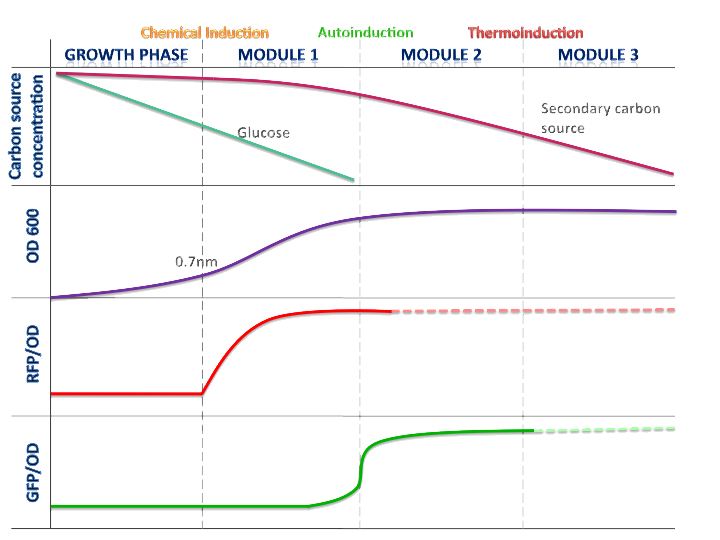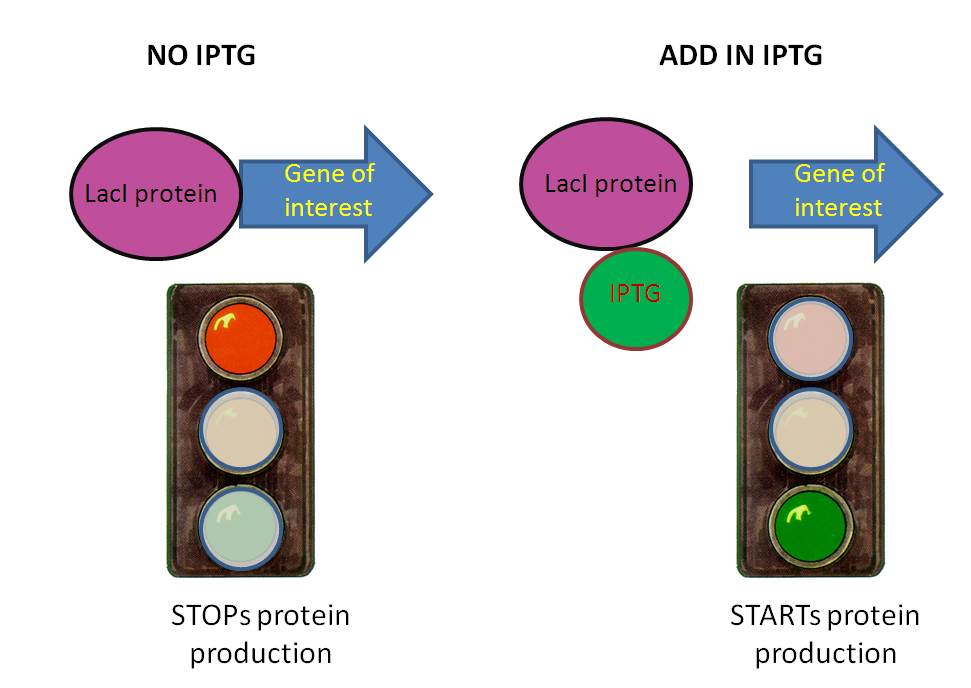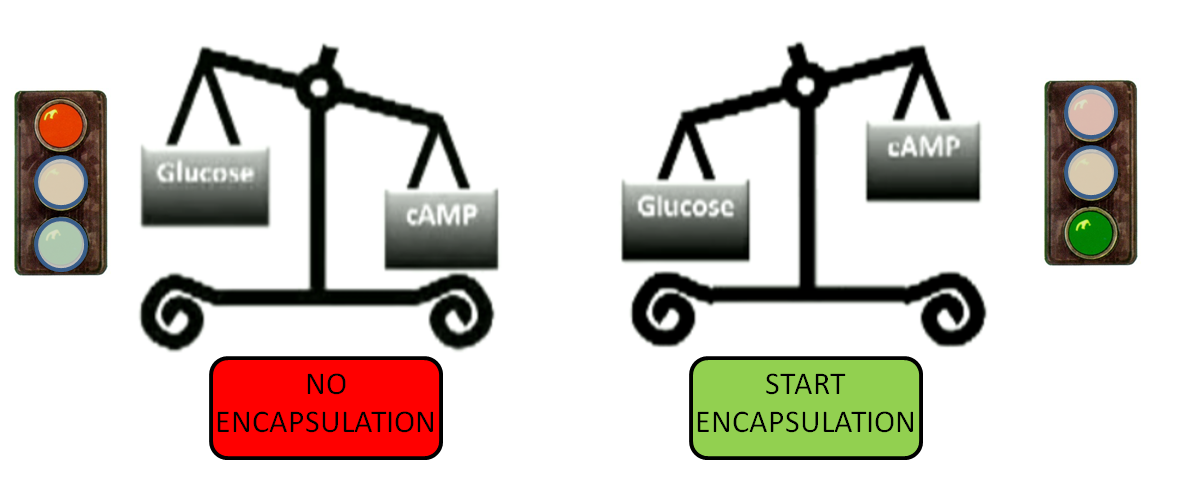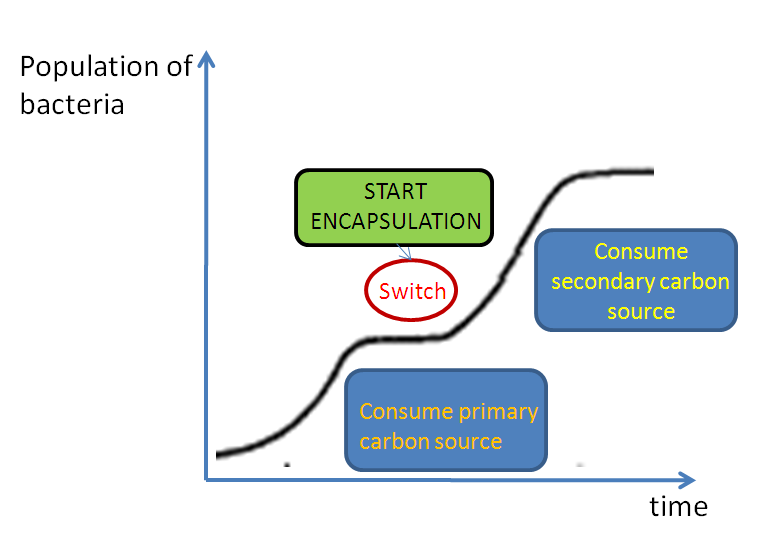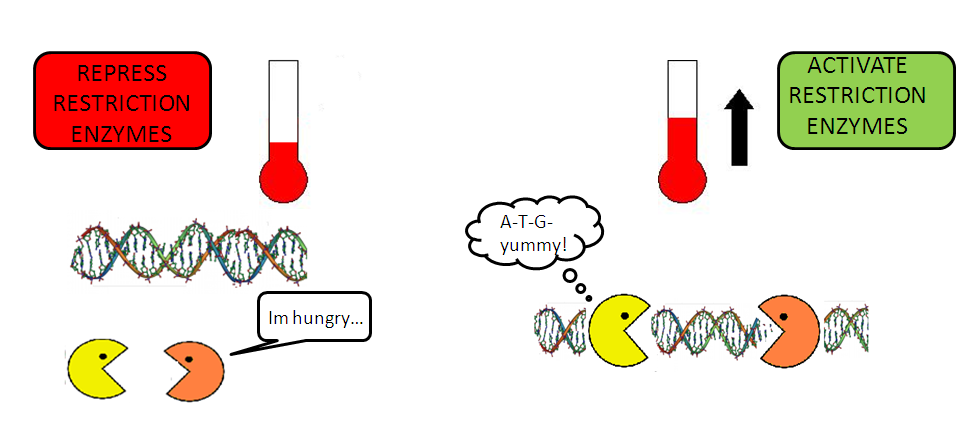Team:Imperial College London/Temporal Control
From 2009.igem.org
(→50pxTemporal Control) |
(→50pxTemporal Control) |
||
| Line 7: | Line 7: | ||
The timeline shows the sequence of occurrence of these events: | The timeline shows the sequence of occurrence of these events: | ||
[[Image:II09_Timeline.png|600px|centre]] | [[Image:II09_Timeline.png|600px|centre]] | ||
| + | |||
| + | |||
| + | <html><center><a href="https://2009.igem.org/Team:Imperial_College_London/Temporal_Control/Chemical_Induction"><img style="vertical-align:bottom;" width="20%" src="http://i691.photobucket.com/albums/vv271/dk806/II09_Drylabmainimage1.png"></a><a href="https://2009.igem.org/Team:Imperial_College_London/Temporal_Control/Autoinduction"><img style="vertical-align:bottom;" width="20%" src="http://i691.photobucket.com/albums/vv271/dk806/II09_Drylabmainimage2.png"></a><a href="https://2009.igem.org/Team:Imperial_College_London/Temporal_Control/Thermoinduction "><img style="vertical-align:bottom;" width="20%" src="http://i691.photobucket.com/albums/vv271/dk806/II09_Drylabmainimage3.png"></a><a href="https://2009.igem.org/Team:Imperial_College_London/Drylab"><img style="vertical-align:bottom;" width="20%" src="http://i691.photobucket.com/albums/vv271/dk806/II09_Drylabmainimage4.png"></a><a href="https://2009.igem.org/Team:Imperial_College_London/Wetlab"><img style="vertical-align:bottom;" width="20%" src="http://i691.photobucket.com/albums/vv271/dk806/II09_Drylabmainimage5.png"></a></center></html> | ||
| + | |||
| + | <html><table border="0" style="background-color:transparent;" width="100%"> | ||
| + | <tr><td width="0%"> </td> | ||
| + | <td width="20%"><center><a href="https://2009.igem.org/Team:Imperial_College_London/Temporal_Control/Chemical_Induction"><b>Chemical Induction</b></a></center></td> | ||
| + | <td width="20%"><center><a href="https://2009.igem.org/Team:Imperial_College_London/Temporal_Control/Autoinduction"><b>Autoinduction</b></a></center></td> | ||
| + | <td width="20%"><center><a href="https://2009.igem.org/Team:Imperial_College_London/Temporal_Control/Thermoinduction"><b>Thermoinduction</b></a></center></td> | ||
| + | <td width="20%"><center><a href="https://2009.igem.org/Team:Imperial_College_London/Drylab"><b>Modelling</b></a></center></td> | ||
| + | <td width="20%"><center><a href="https://2009.igem.org/Team:Imperial_College_London/Wetlab"><b>Results</b></a></center></td> | ||
| + | <td width="1%"></td> | ||
| + | </tr></table></html> | ||
| + | <br> | ||
| + | |||
<!-- | <!-- | ||
Revision as of 17:32, 6 October 2009

Contents |
 Temporal Control
Temporal Control
In our project there are 3 forms of temporal control that have been implemented.
- Chemical induction: Triggers the production of drug of interest using IPTG.
- Autoinduction: Represses encapsulation when glucose levels are high, and kickstarts it once glucose is used up.
- Thermoinduction: Triggers genome deletion when the temperature is increased.
The timeline shows the sequence of occurrence of these events:





Chemical induction
From the Module 1 genetic circuit, in the absence of IPTG in the system, the LacI repressor inhibits production of the protein of interest. When IPTG is added in we start the production of the drug of interest:
In a batch culture system, a defined volume of media is innoculated with a small number of cells. If the cells are being used for protein production, it is vital that synthesis is initiated at the right time. The optimum time for protein production is when there are a large number of rapidly dividing cells in a nutrient rich media.
In our system, the protein of interest is synthesised at the start of the production process in a phase known as Module 1 . Importantly, the time at which Module 1 starts is controlled by the addition of a chemical inducer called IPTG. This means that Module 1 can be initiated when there is the optimum ratio of cells to remaining nutrients.
Autoinduction
The CRP glucose repressible promoter triggers the encapuslation phase.
- When levels of glucose in the medium are high, cAMP levels are low and encapsulation is repressed
- When the levels of glucose in the medium are low, cAMP levels are high and encapsulation is induced.
Starting the encapsulation and maintaining expression of colanic acid requires energy in the form of carbon sources. Bacteria use up a primary source to grow and trigger encapsulation. Glucose here is the primary source, which in unison with cAMP, is responsible for switching on the CRP promoter and the encapsulation process.A secondary carbon source is also needed to maintain the system once glucose is used up. This phenomenon of switching from a primary source to a secondary source is known as a diauxie.
This switching process occurs automatically, hence we have called it "autoinduction".
Thermoinduction
This part of temporal control is responsible for triggering genomic deletion, after encapsulation has taken place.
- When the temperature is low, restriction enzymes are inhibited and DNA is protected.
- When the temperature is high, restriction enzymes are produced and DNA is digested.
 "
"
